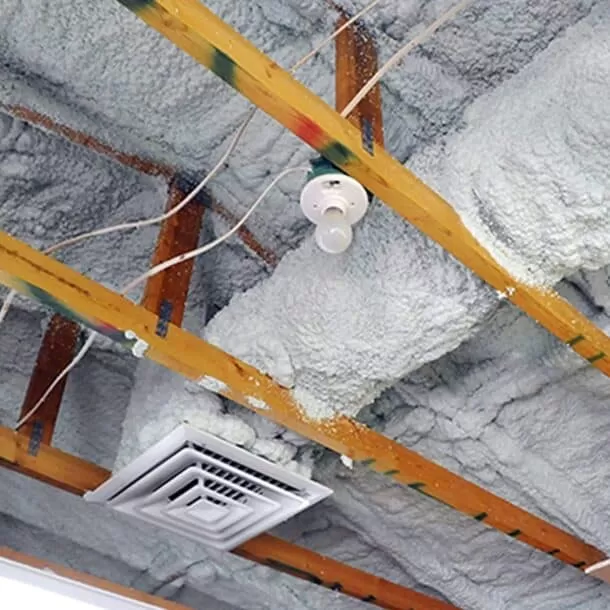
Major advantages of installing Soundproofing Solution Dubai
Regarding sound quality, where each update appears to include understanding the subtleties of connector types and high-level configuration norms, it’s astounding to find a piece of equipment that can work on your framework yet shouldn’t be connected. However, acoustic panels indeed can have a significant effect.
Acoustic Spray Insulations work on the sound nature of your current speakers by decreasing how many sound waves bounce off the walls. They can be very compelling with even a couple of panels, for however long they’re set accurately.
If you’re fabricating a home theatre, doing any sound recording of music (or perhaps for a digital broadcast), or on the other hand, on the off chance that you’re essentially attempting to sort out whether or not there’s a choice to address a loud office climate, acoustic panels are the correct device to make it happen. You can peruse more about how acoustic panels work in our going with the article; on the whole, we should investigate the issue exhaustively.

The Problem: Too Many Sound Waves
If you’ve heard the distinction between modest speakers and, surprisingly, a humbly evaluated soundbar or encompass sound speaker framework, you know the amount of an effect a few legitimate speakers can have. It’s perhaps the best venture you can make in your sound arrangement, But there is one potentially harmful side-effect of adding more speakers: you currently have more soundwaves to manage.
In the event that you’ve jumped on a framework with bunches of speakers pointed this way, you will have more sound waves moving through the air than you ever have. The main issue is that when sound waves cross other sound waves in the air, it influences those waves, moving and evolving them.
Acoustic panels are manufactured from foam materials. They typically have a texture covering to make them tastefully satisfying, even though you could see a few exposed panels in places like recording studios where beauty care products aren’t as significant.
Acoustic panels are made of materials like thick foam, fleece, or acoustically valuable protection materials like fibreglass or denim, that permit sound inside, yet all at once, not out. Furthermore, assuming you have seen exposed froth panels before, you’ll see that some of them have rugged three-sided shapes cut into the top.
These mathematical shapes are a kind of pipe for the sound waves, which return and forward down until they’re diverted into the foam. When you have acoustic panels set decisively around your space, the Acoustic panel Abu Dhabi acts to retain the sound waves in the air after you have proactively heard them, yet before they get an opportunity to skip off the walls.




